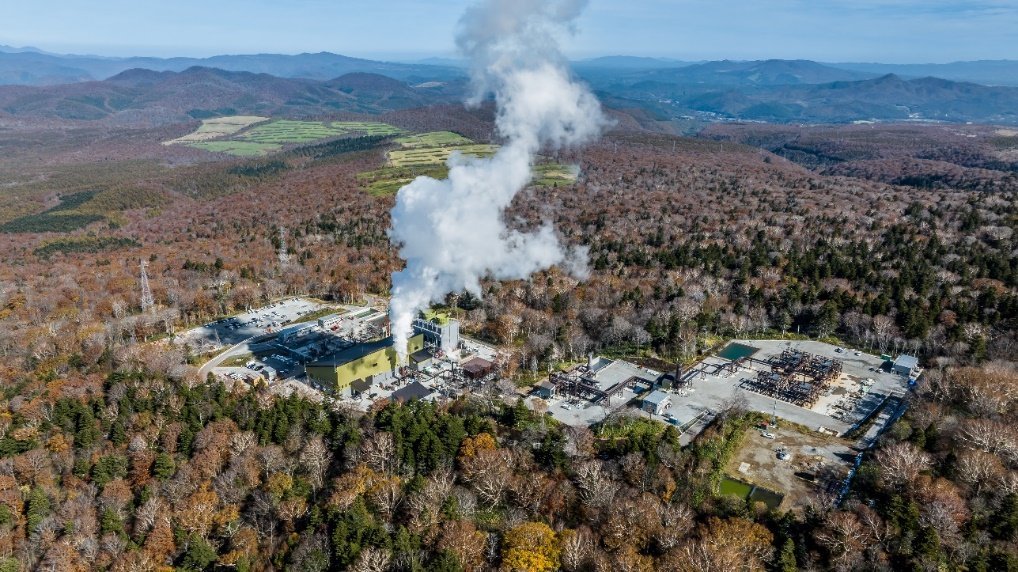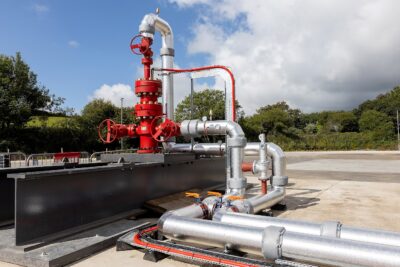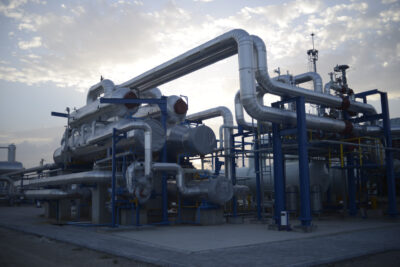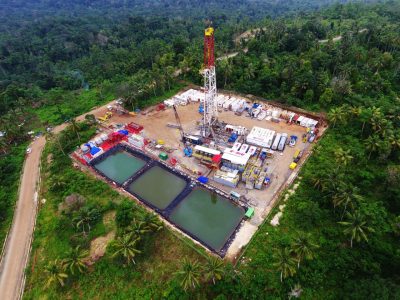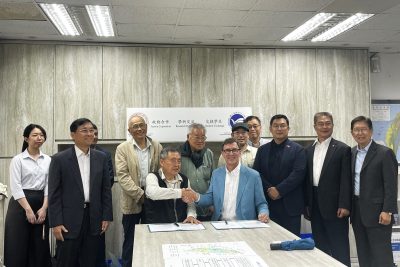Cutting emissions in geothermal power: global best practices
Presented at GRC 2024, an interesting study catalogs geothermal plants reducing emissions, highlighting some of the key factors for emissions management and reduction.
Geothermal power generation is widely recognized as a renewable and low-emission source of energy. However, many geothermal reservoirs contain naturally occurring greenhouse gases (GHGs), including carbon dioxide (CO2) and methane (CH4), which are released during power production. With increasing global pressure to decarbonize energy systems, geothermal operators are prioritizing emissions reduction to align with environmental, societal, and financial imperatives.
A recent paper presented at the 2024 Geothermal Rising Conference (GRC) by Ian Richardson of Contact Energy and Simon Webbison of Ormat aims to catalog global geothermal power plants implementing GHG emissions reduction technologies. This initiative highlights best practices and serves as a benchmarking tool for industry stakeholders.
Why reducing geothermal emissions matters
Three key factors are driving the focus on reducing emissions from geothermal power plants:
- Carbon pricing regulations: Many countries have introduced carbon pricing mechanisms, increasing direct operational costs for high-emission plants.
- Public and societal pressure: Communities and environmental groups advocate for cleaner energy, influencing policy and project development.
- ESG and financial considerations: Investment funds and financial institutions are integrating environmental, social, and governance (ESG) metrics into their funding criteria, making low-emission projects more attractive and accessible.
Technologies for emission reduction
The paper categorizes the primary technologies used for emissions reduction in geothermal power plants:
- Non-Condensable gas (NCG) reinjection: Redirecting gases back into the geothermal reservoir to prevent atmospheric release. This method is widely used in Puna, Hawaii, Te Huka, New Zealand, and Carbfix in Iceland.
- Pumped binary systems: Keeping gases dissolved in geothermal brine throughout the cycle, as seen in McGinness Hills and Steamboat, Nevada, USA.
- Gas purification and reuse: Capturing CO2 for industrial applications, such as Kizildere in Turkey, where CO2 is processed for commercial use.
Benchmarking global efforts
Richardson and Webbison’s catalog provides a detailed overview of geothermal power plants actively reducing emissions. As of 2023, the database includes sites from the United States, New Zealand, Iceland, Türkiye, and Germany, among others. The catalog aims to be a dynamic resource, updated regularly to reflect industry advancements.
Call for collaboration
Simon Webbison recently emphasized the importance of industry-wide collaboration in his LinkedIn post:
“Something I am very proud of was last year putting together a paper for GRC with Ian Richardson to catalog (as of the end of 2023) the geothermal power facilities that were actively reducing their Greenhouse Gas Emissions. This paper is intended to act as a resource to help inspire ideas and to allow for accurate benchmarking. We’re starting to put together the Catalog as of the end of 2024, so if you know of any changes since this paper (or issues with the data we collated) then please get in touch and let us know.” – engage with Simon here.
Industry professionals are encouraged to contribute by sharing updates, corrections, or new case studies to ensure the catalog remains accurate and useful.
Conclusion
Reducing greenhouse gas emissions from geothermal power plants is critical for the industry’s role in global decarbonization. As carbon regulations tighten and financial markets increasingly favor ESG-compliant projects, the implementation of emissions reduction technologies will shape the future of geothermal development.
The 2024 GRC paper by Richardson and Webbison provides an essential reference for geothermal stakeholders worldwide. To contribute or learn more, access the paper here: ResearchGate or via theLibrary of GR (yet only accessible to members for now)
